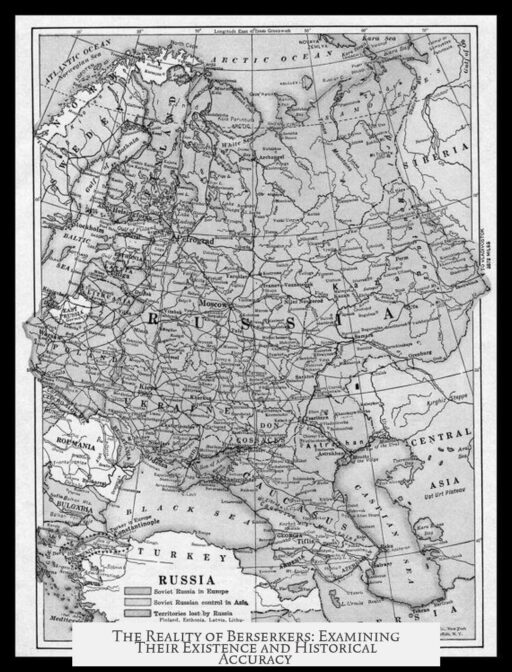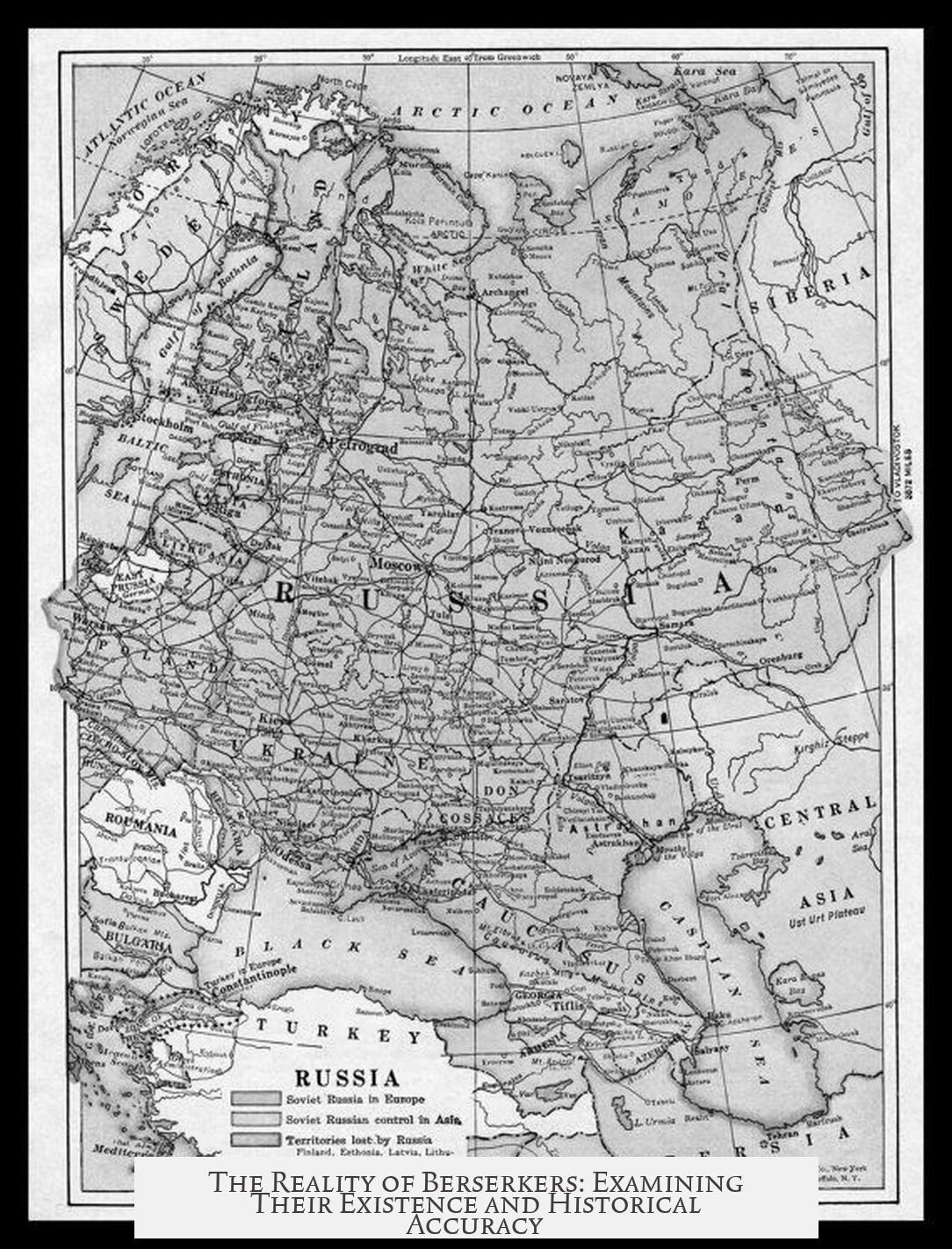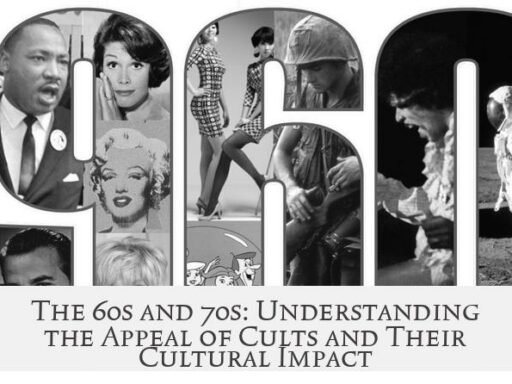Berserkers were real warriors in Viking Age Scandinavia, known in Old Norse as berserkir. However, their historical reality differs significantly from the popular modern depictions of uncontrollable, raging fighters.
Primary sources, especially pre-Christian Old Norse poems, mention berserkers but often without the dramatic frenzy portrayed in films and fiction. They were likely distinct warriors known for their ferocity in battle, possibly entering trance-like states. Yet, these accounts are nuanced and complex.
Christian chroniclers provide additional, more exaggerated descriptions. For example, the 12th-century Icelandic Christne Saga offers vivid episodes portraying berserkers as fearsome, almost supernatural figures. One passage narrates a berserker declaring he can walk barefoot through fire and allow his weapon to stab him without harm. Eventually, the berserker dies, pierced by his own axe, after a Christian missionary marks his weapon with a cross, suggesting divine intervention.
These dramatic stories served a narrative purpose. After Iceland’s conversion to Christianity, such accounts painted berserkers as lawless and dangerous pagans. This portrayal supported two ideas: the scary pagan enemy and the threat of unruly, violent individuals opposing new legal and religious order. Thus, some details are likely exaggerated.
The image of berserkers as wild men losing all reason in battle reflects this post-conversion viewpoint more than historical fact. The term berserk itself may derive from “bare shirt” or “bear shirt,” linking these warriors to animalistic or shamanistic traits rather than mere madness. They were probably professional warriors with rituals strengthening their battle prowess.
Summarizing:
- Berserkers existed as Viking Age warriors known for fierce fighting.
- Primary Old Norse texts provide ambiguous but serious references.
- Christian sources exaggerate their traits for narrative impact.
- Popular modern images often overstate their madness and ferocity.
- Historical berserkers combined ritual, warrior skill, and social roles, not just uncontrollable rage.




